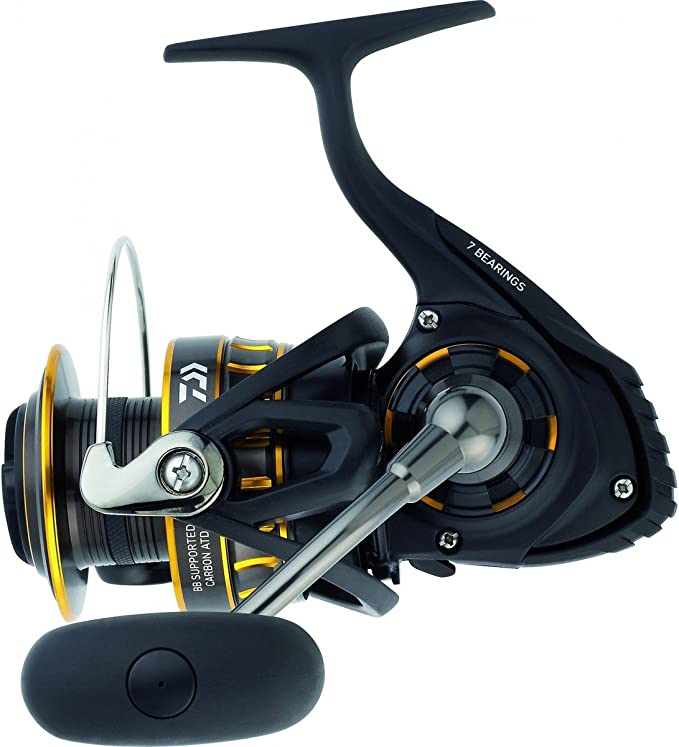The Geometry of Travel Hygiene: Telescopic Design and Custom Pressure in Oral Care
Update on Nov. 18, 2025, 8:05 a.m.
Travel disrupts routine. It changes our diet, our sleep patterns, and often, our commitment to personal care. For oral hygiene, this disruption creates a “Travel Paradox”: just when our immune system is stressed and our gums are most vulnerable to inflammation (often triggered by sugary travel snacks or dehydration), we tend to use our least effective tools. We leave the powerful countertop devices at home and rely on travel-sized compromises.
The engineering challenge, therefore, is not just miniaturization; it is the preservation of performance within a constrained geometry. Devices like the Hangsun HOC600 Cordless Water Flosser address this through two distinct mechanisms: Telescopic Architecture for portability and Variable Pressure Regulation for adaptability.

The Mechanics of Collapse: Telescopic Reservoir Design
The primary bulk of any portable irrigator is air—specifically, the empty space inside the water tank when it’s not in use. Traditional portable units are rigid, occupying the same volume in a suitcase whether full or empty.
The HOC600 utilizes a telescopic (collapsible) reservoir. Conceptually similar to a camping cup, the tank slides over the pump body, reducing the device’s vertical footprint by approximately 50% during storage. This design allows a relatively large reservoir (sufficient for a 60-second clean) to vanish when not needed.
However, this geometry introduces a specific maintenance requirement. A telescopic mechanism creates overlapping surfaces where moisture can be trapped through capillary action. If packed away wet, this becomes a breeding ground for bacteria. The “expert user” protocol for such devices involves extending the tank fully and allowing it to air dry completely before collapsing it for storage. It transforms the device from a simple tool into a piece of equipment that requires mindful handling to maintain hygiene standards.

The Physiology of “DIY” Pressure
Standard portable flossers often suffer from the “Three-Mode Trap”: Low (too weak), High (too painful), and Pulse. This lack of granularity is problematic because gum sensitivity is not static. During travel, gums may become inflamed or sensitive due to altitude changes, stress, or dietary shifts.
The Hangsun unit incorporates a “CUSTOM” (DIY) Mode, allowing users to select any pressure level between 10 PSI and 140 PSI. This stepless regulation is critical for periodontal adaptability. * 10-40 PSI: Essential for users with acute inflammation or those recovering from dental procedures. At this level, the water massages rather than impacts. * 50-90 PSI: The standard therapeutic range for disrupting biofilm without causing trauma to healthy tissue. * 100-140 PSI: High-velocity flushing for dislodging stubborn fibrous food (like steak or popcorn hulls) from tight contact points.
This feature acknowledges that “optimal pressure” is a variable, not a constant. It allows the user to calibrate the device to their daily physiological reality, ensuring compliance even when gums are tender.

Hydrodynamic Performance: 1400 PPM
Despite its compact form, the pump mechanism generates 1,400 pulses per minute. As discussed in previous analyses of hydrodynamics, this frequency is crucial for the Compression-Decompression Effect. The rapid pulsation causes the gum tissue to momentarily compress and release, flushing out the gingival crevicular fluid and bacteria from the pockets.
Maintaining this pulse rate in a compact unit requires a high-efficiency motor. The trade-off, naturally, is energy density. While larger units might run for months, compact travel units typically require more frequent charging (via USB-C in this case) to maintain peak torque. Users should treat the “3-4 weeks battery life” as a maximum and expect to charge more frequently to ensure consistent pressure output.

The Reality of Small-Tank Ergonomics
There is no defeating physics: water takes up space. A collapsible unit will inherently have a smaller functional capacity than a countertop model. Users often report the water running out “too fast.” This is a feature of the flow rate required for cleaning, not a bug.
To effectively manage a full-mouth clean with a compact tank, a Sectional Strategy is recommended:
1. Fill 1: Clean the upper arch (buccal and lingual surfaces).
2. Refill: Clean the lower arch.
This mental reframing prevents the frustration of rushing. The small refill hole mentioned in user feedback is a structural compromise to maintain structural rigidity and seal integrity; using a cup or a low-flow faucet stream can mitigate spillage during refilling.
Conclusion: No Compromise on the Road
The Hangsun HOC600 represents a mature category of travel hygiene: devices that refuse to sacrifice clinical efficacy for the sake of size. By combining telescopic geometry with granular pressure control, it offers a solution that fits in a carry-on without asking your gums to pay the price. It is a tool that demands a bit more user interaction—refilling, drying, setting modes—but rewards that effort with a level of oral care previously reserved for the home bathroom.

























